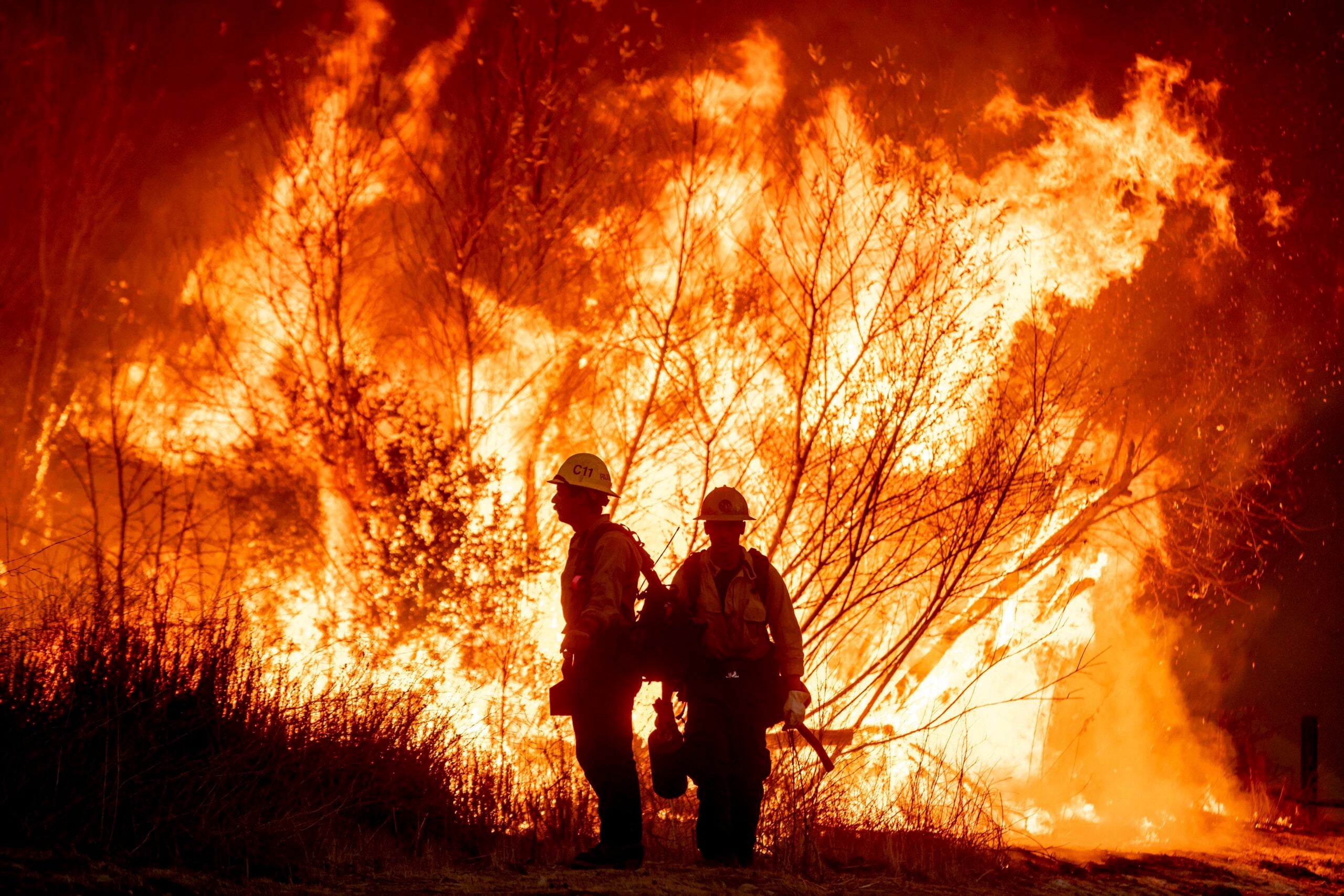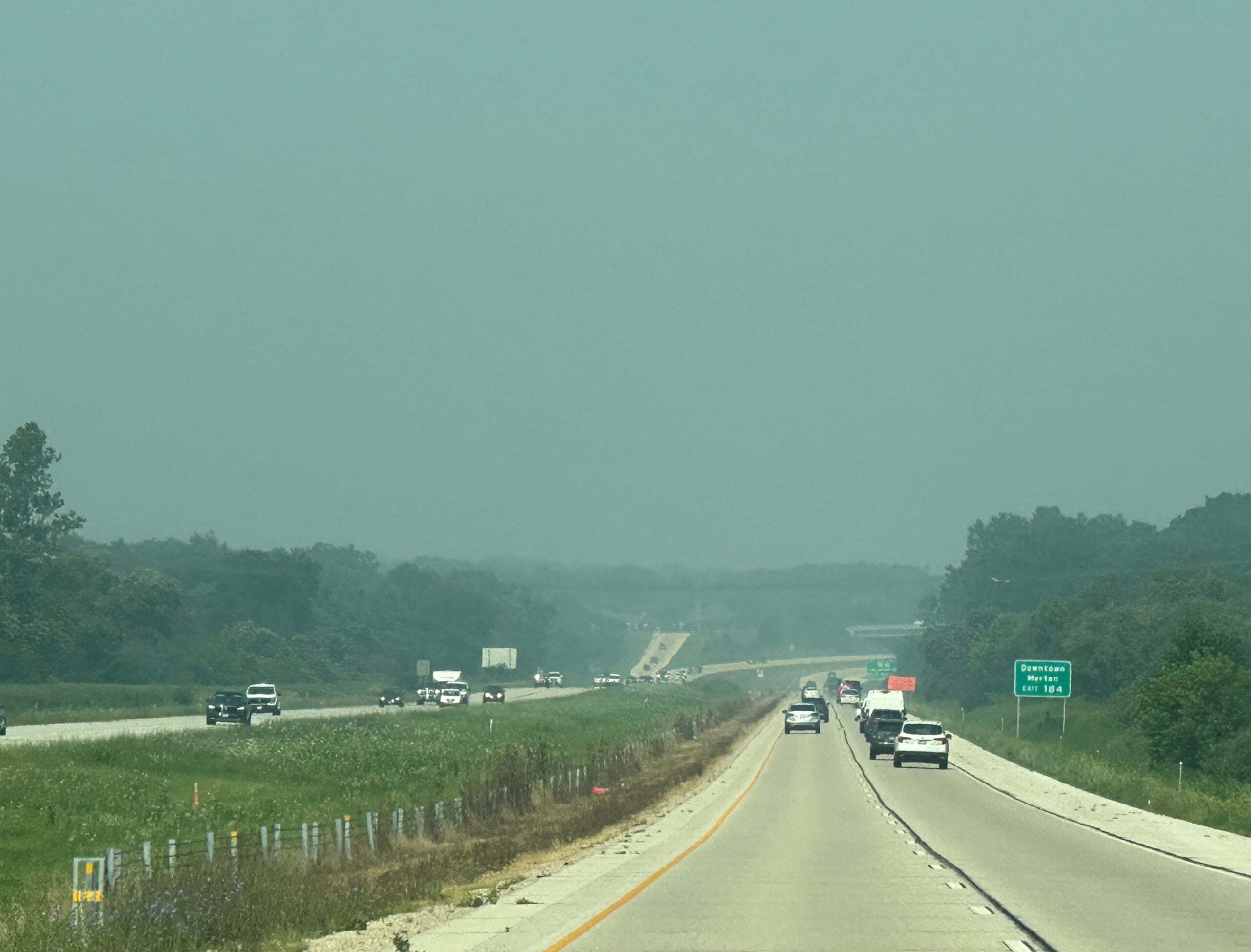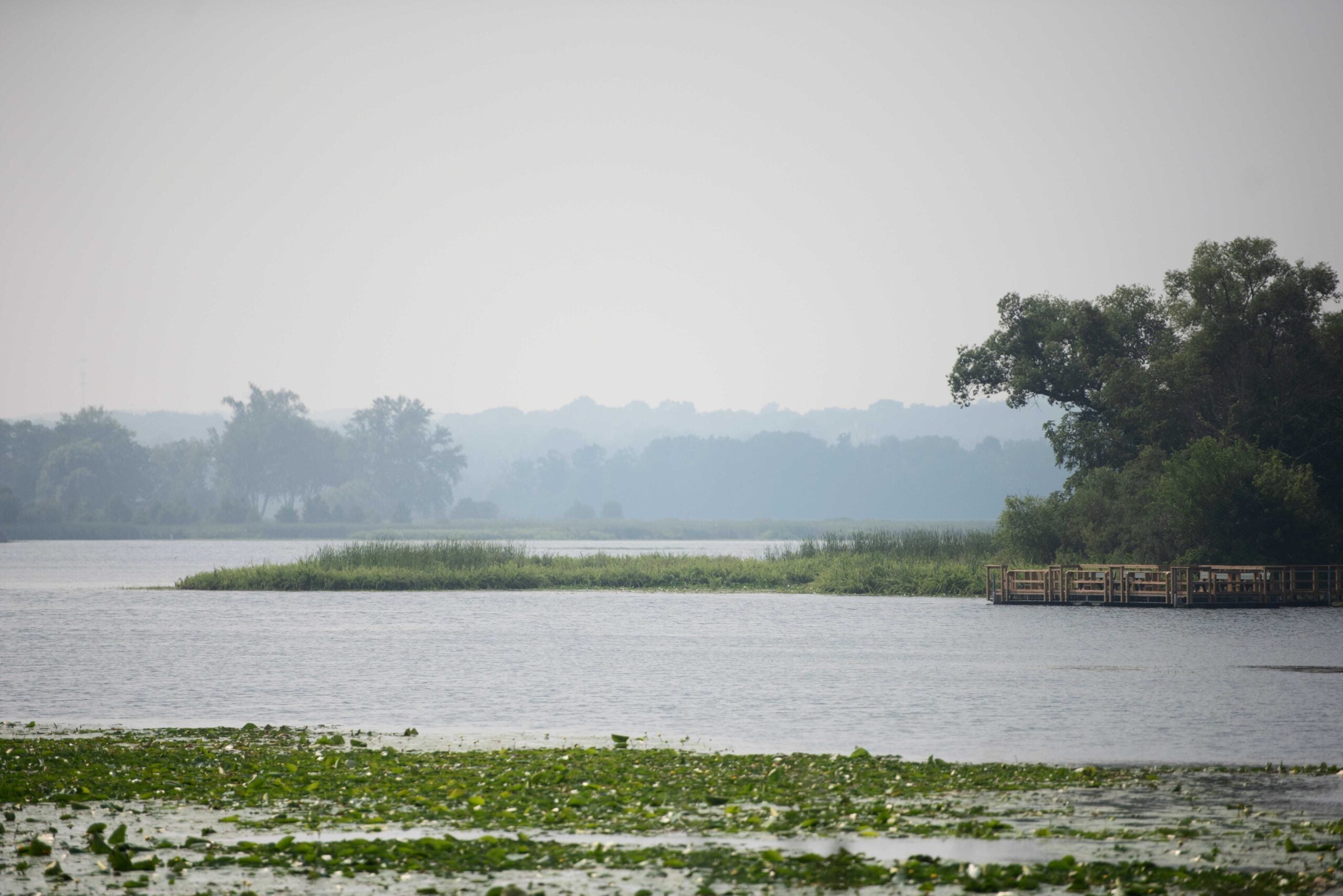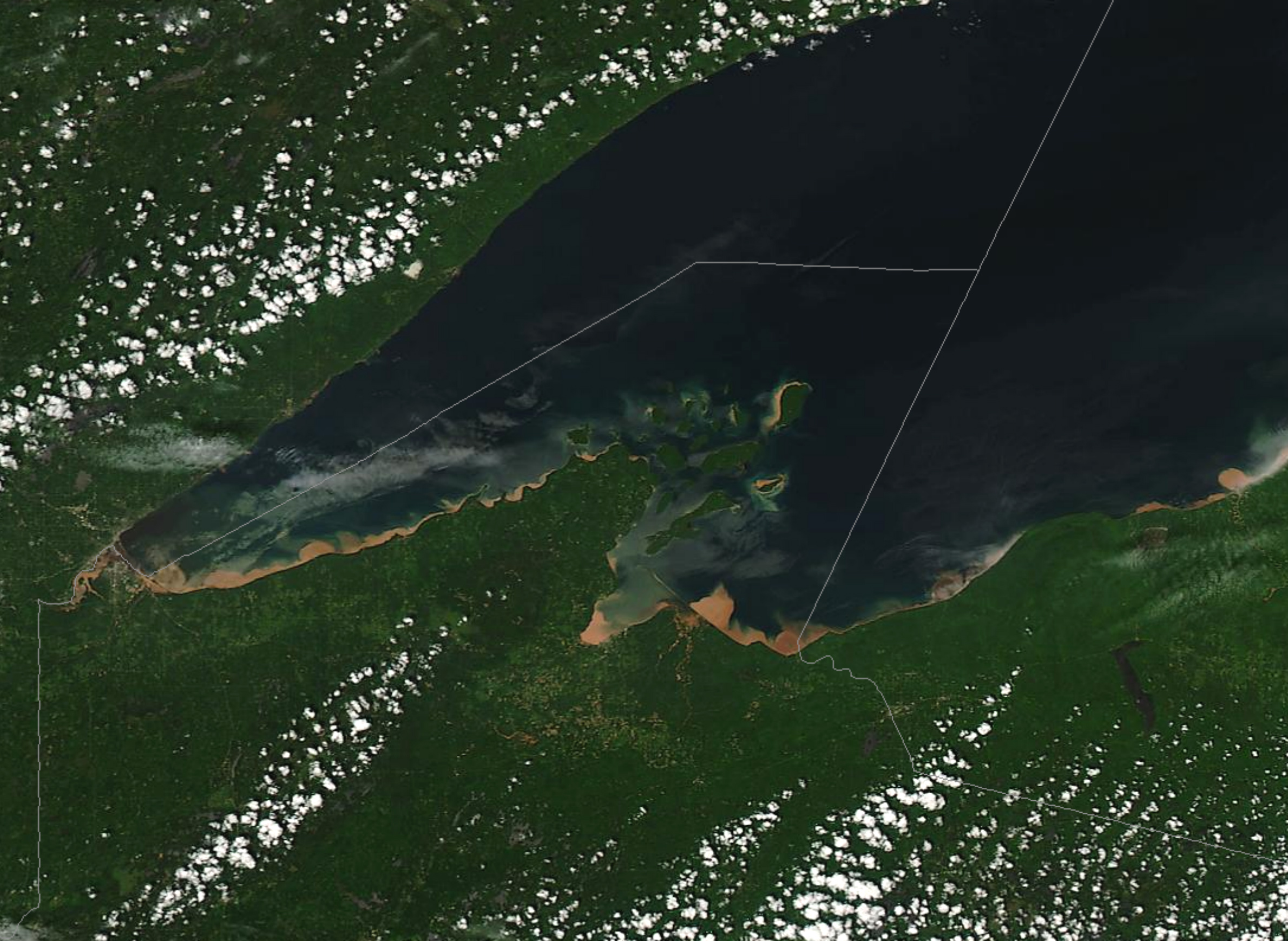Editor’s note: Since the publication of this story, new information about the duration of funding has come to light, said Cooperative Institute for Meteorological Satellite Studies Director Tristan L’Ecuyer. Funding will allow the project to operate through the fall.
The headline has been updated to reflect that information. The original story, first published at 5 a.m. June 23, is below.
—
News with a little more humanity
WPR’s “Wisconsin Today” newsletter keeps you connected to the state you love without feeling overwhelmed. No paywall. No agenda. No corporate filter.
A delay in federal funding will force work to halt at the University of Wisconsin-Madison on a new tool used to quickly detect wildfires.
The experimental Next Generation Fire System was developed by the National Oceanic and Atmospheric Administration, NOAA, and its Cooperative Institute for Meteorological Satellite Studies at UW-Madison. The tool detects and tracks wildfires in almost real-time using artificial intelligence to scan satellite images, helping firefighters nationwide to prioritize and quickly respond to blazes.
But delays with the institute’s five-year renewal and its fiscal year 2025 funding mean that work to develop, maintain and improve the system will pause, according to the institute’s director Tristan L’Ecuyer.
“We don’t have any funding to continue that as of the end of this month,” L’Ecuyer said.
L’Ecuyer said the delay is due to the Trump administration’s review of NOAA contracts. NPR previously reported that Commerce Secretary Howard Lutnick is reviewing all contracts above $100,000.
The institute at UW-Madison receives about $12 million each year in federal funding and employs around 100 people. L’Ecuyer said officials at the institute are anticipating 2025 funding will be delayed a few months. He said the jobs of about 10 to 15 people may be impacted. Although, he hopes they’ll be able to support those positions with funding from other projects through September.
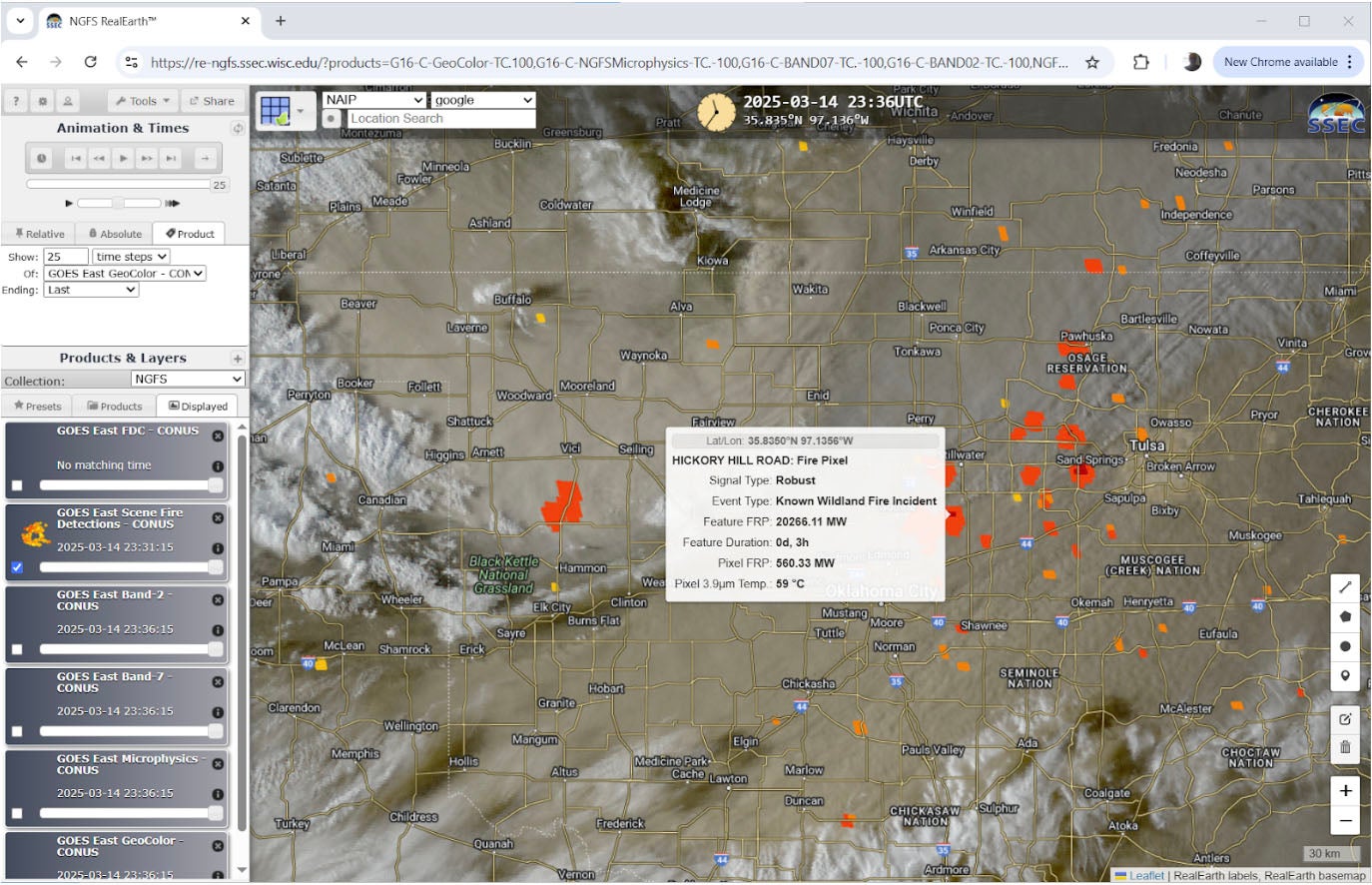
The Next Generation Fire System is among projects most at risk. NOAA tested the tool last year, and most of the 122 National Weather Service offices nationwide subscribed to alerts from the system after it launched earlier this year.
Todd Lindley is the science and operations officer with the National Weather Service forecast office in Norman, Oklahoma. He said NOAA satellites and the system detected 19 fires in a March wildfire outbreak that allowed forecasters to notify first responders before 911 calls came in.
He told WPR that modeling by state forestry partners suggests the system’s satellite-based detections saved more than $850 million worth of structures and property.
“It’s a system that we do not want to lose access to,” Lindley said. “It mimics the capability that an expert human forecaster has interrogating raw data.”
He said the system’s use of AI is helping forecasters detect a fire in as little as one minute after it’s ignited during critical fire conditions. He said they can then quickly relay that information to firefighters and reduce wildfire threats.
L’Ecuyer said the satellites they use measure data on all of North America, enabling researchers to detect Canadian wildfires that have impacted Wisconsin.
“If one forms in Wisconsin as well, we can detect that. We can also see where the downstream smoke is going to go, how that’s going to affect the populations that have to breathe in that smoke down the road,” L’Ecuyer said. “The products that we develop are definitely of value to the whole nation.”
While funding is delayed, L’Ecuyer said alerts will continue. But, he said there’s a risk that development of the system and accuracy of information will degrade or stop without people working on it.
A spokesperson with the U.S. Department of Commerce did not immediately respond to a request for comment.
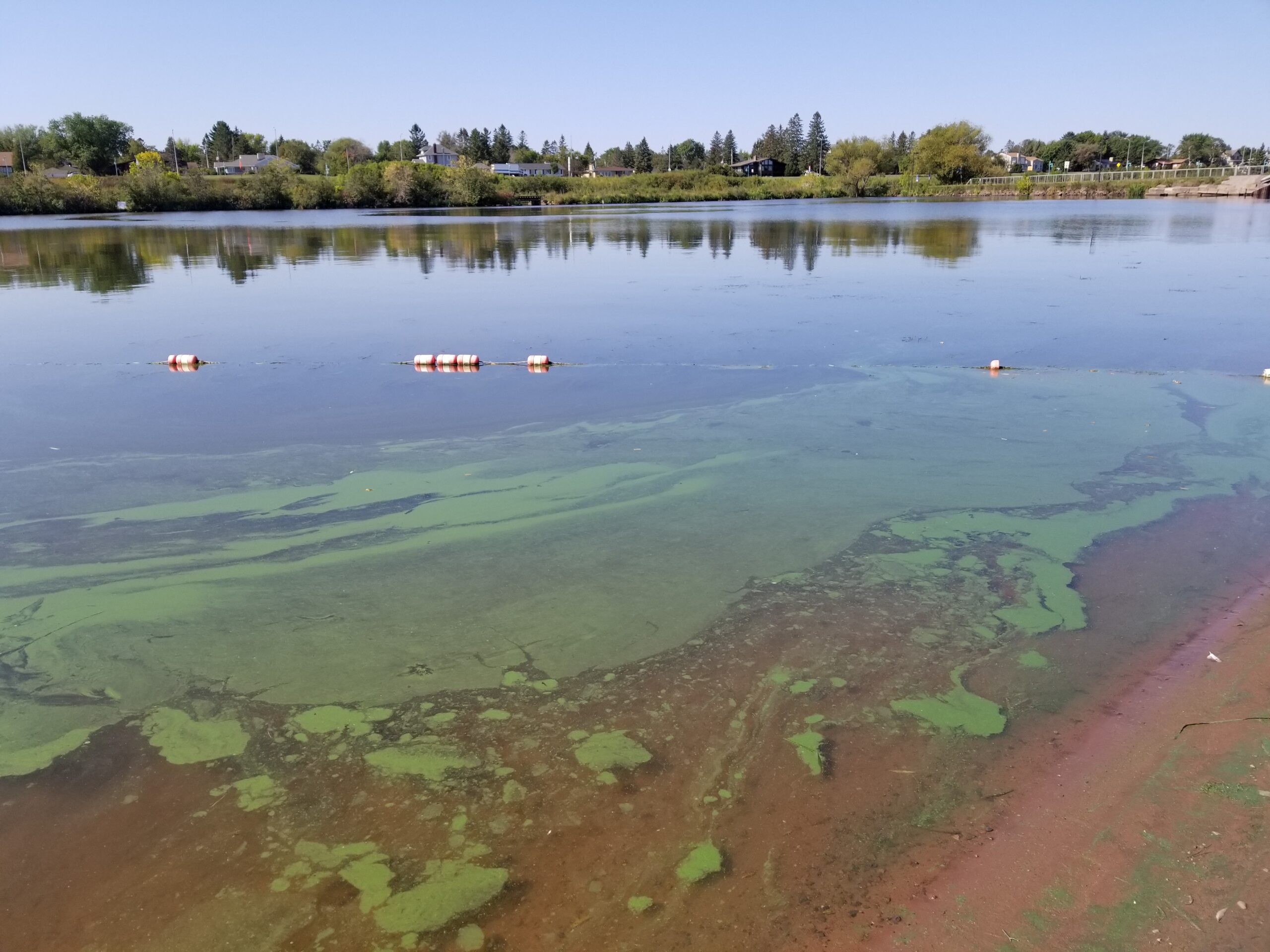
Delays force other Wisconsin programs to halt projects, hiring
Other NOAA-funded systems or programs in Wisconsin are also anticipating a delay in fiscal year 2025 funding. They include the Lake Superior National Estuarine Research Reserve in Superior and Wisconsin Sea Grant.
Deanna Erickson, the reserve’s director, said they receive 70 percent of their funding from NOAA. Around $880,000 is expected to be delayed for three or four months. She said they’re not hiring three seasonal staff and a permanent position to run the reserve’s Lake Superior estuarium or museum, which sees thousands of visitors each year.
“We’re also cutting back on some of our expanded water quality monitoring,” Erickson said.
She said that includes scaling back identification of algae species and reducing collection of water quality samples in the St. Louis River estuary in Duluth and Superior.
Jennifer Hauxwell, associate director of research for Wisconsin Sea Grant, said in a Wisconsin Invasive Species Council meeting earlier this month that delayed NOAA funding has halted projects.
“We’ve got a freeze on all projects right now that we’re supposed to have started in February, so staff aren’t doing any of the projects that they should currently be doing, unless they have leftover funds from last year,” Hauxwell said.
Officials with Wisconsin Sea Grant were unavailable for an interview on funding delays.
Researchers in neighboring Minnesota, including Jay Austin, professor at the Large Lakes Observatory at the University of Minnesota in Duluth, said they haven’t experienced delays.
Austin said his work is supported by grants from NOAA-funded programs like Minnesota Sea Grant and the Great Lakes Observing System. He said that includes two meteorology buoys that measure wind speed, water temperatures and water quality parameters in Lake Superior. The information is used by the National Weather Service to provide accurate information about marine conditions.
However, he said researchers continue to face uncertainty with federal funding, including proposed cuts under the 2026 budget.
“There’s this sort of feeling among colleagues at Sea Grant and GLOS that we’re fine right now, but who knows about tomorrow,” Austin said.
Wisconsin Public Radio, © Copyright 2025, Board of Regents of the University of Wisconsin System and Wisconsin Educational Communications Board.

